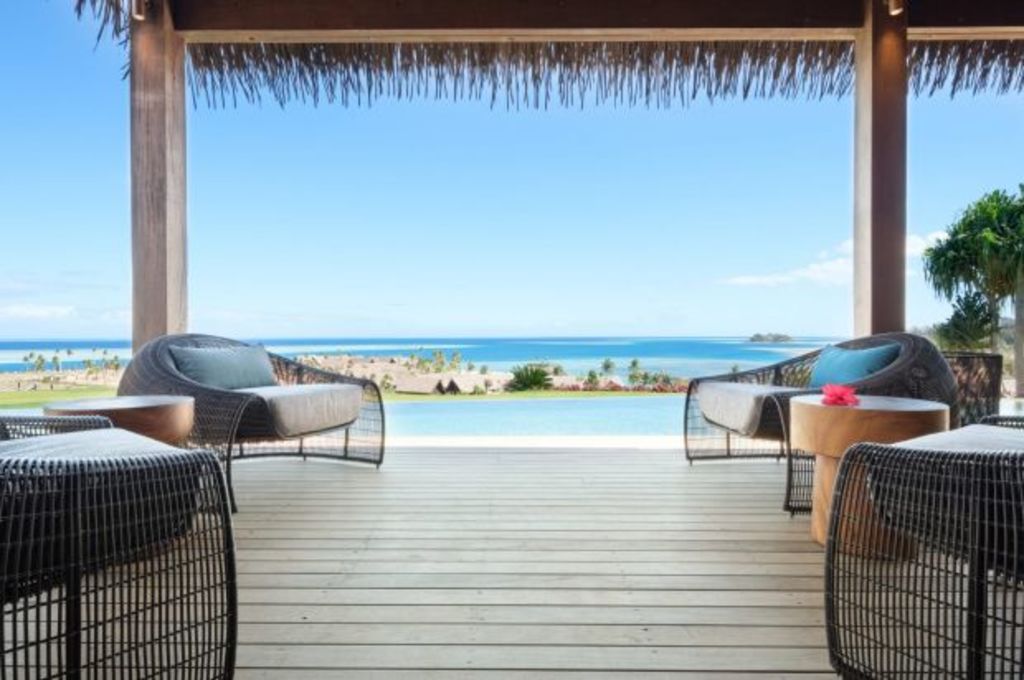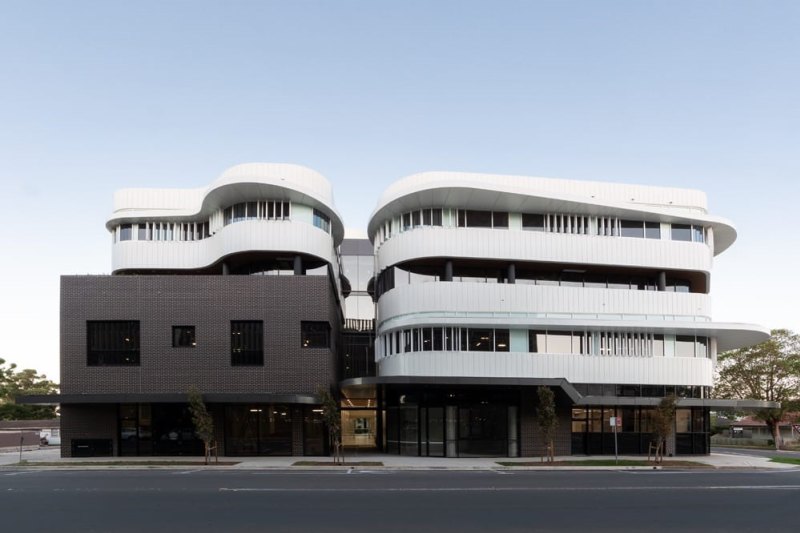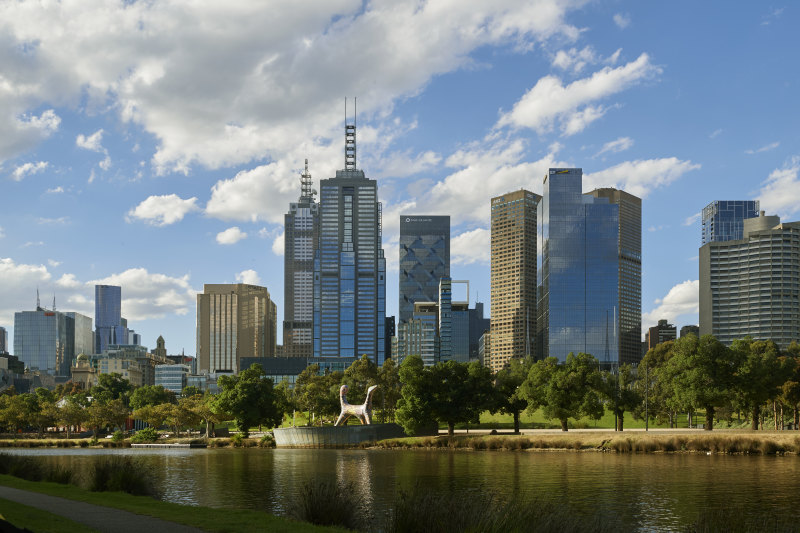New Zealand surfers create a sustainable resort near famous Fiji break

Looking out over the ocean from Vunabaka Bay, a new luxury resort development on the western side of Malolo Island in Fiji, flashes of white interrupt the vast expanse of blue.
Cloudbreak, or Thunder Reef as translated from Fijian, is one of the toughest surf breaks in the world, a fast, barrelling left-hander over a shallow reef in the open ocean about 10 kilometres from Vunabaka Bay.
It’s no coincidence the coastal resort is being built so close to the surfing mecca. The project started when a group of New Zealand businessmen who loved to surf in their downtime found an undeveloped patch of land with panoramic views and enormous potential.
Marcus Langford-Lee, managing director of Vunabaka Bay Fiji, says the team set out to create the best resort development Fiji had ever seen.
“We wanted something we could be super proud of,” Langford-Lee says. “Something that was sustainable, that didn’t leave a massive footprint and helped the locals by putting money back into the community. We really wanted people to say ‘wow!'”
An extensive coral “seascaping” program has encouraged fish life to return to the bay. A Tesla solar power system provides 100 per cent of the resort’s energy, with diesel generators as backup. Biolytic tanks recycle wastewater for use on the lush, landscaped gardens designed by Sue Curtling.
This low-impact ethos, combined with the dreamy tropical setting, brought the project to the attention of Six Senses Hotels Resorts Spas, which was recently named the top hotel brand in the world by readers of the US magazine Travel + Leisure.
The luxury resort group signed on to manage the project. When complete, there will be 70 privately owned homes as part of Six Senses Residences Fiji and 26 villas in the Six Senses Fiji resort, as well as restaurants overseen by executive chef Ihaka Peri, a deli, boutique, surf school, fitness centre, tennis court, kids club, library, day spa and iguana sanctuary.
- Related: The tiny house disguised as an air duct
- Related: Australian firm designs a Chinese mini-city
- Related: Sardinia’s new resort courts Europe’s uber-rich
The resort is due to open in early 2018. Twelve residences have already been completed and about 40 land lots are still on the market, including marina view, beachfront and ocean view land priced from $825,000 to $3.177 million. The parcels of land range from 2000 to 3000 square metres.
Internally, the layouts for the three to six-bedroom homes are between 300 and 500 square metres, plus generous outdoor living areas including decks oriented to take advantage of the dramatic sunsets and sunken lounges for when the trade winds blow. All have private pools.
A 99-year leasehold ownership structure is designed to preserve the underlying ownership of the land by the local Fijian tribes while generating sustainable revenue streams for them. Langford-Lee says the residences, which are generally completed about two years after the contracts are signed, cost on average $1.9 million to $4.4 million to build.
The design by Auckland-based Richard Priest, the lead architect, emulates traditional Fijian style, with simple, high-gabled thatched pavilions connected by covered walkways. Louvered timber doors open to showcase the views and embrace true indoor-outdoor living. Timber joins are wrapped with magimagi, a fibre woven from coconut husk. Stone pool tiles have been selected to mirror the brilliant blue of the ocean.
Jason Kruse, the general manager of Six Senses Fiji, says most of the buyers are from Australia and New Zealand.
“They come for the marina and the water activities, such as surfing, snorkelling, fishing and exploring the islands,” Kruse says. “And they come for the location – it’s just 30 to 40 minutes by boat from Nadi.”
Owners can opt to place their homes in Six Senses’ flexible rental program. If they choose not to, they can still use the resort facilities. “It’s the ultimate flexibility for people who want a relaxed resort lifestyle while generating income when their residence is not being used.”
See more at vunabaka.com and sixsenses.com. The writer travelled to Fiji courtesy of Vunabaka Bay Fiji and Six Senses Residences Fiji
We recommend
We thought you might like
States
Capital Cities
Capital Cities - Rentals
Popular Areas
Allhomes
More







